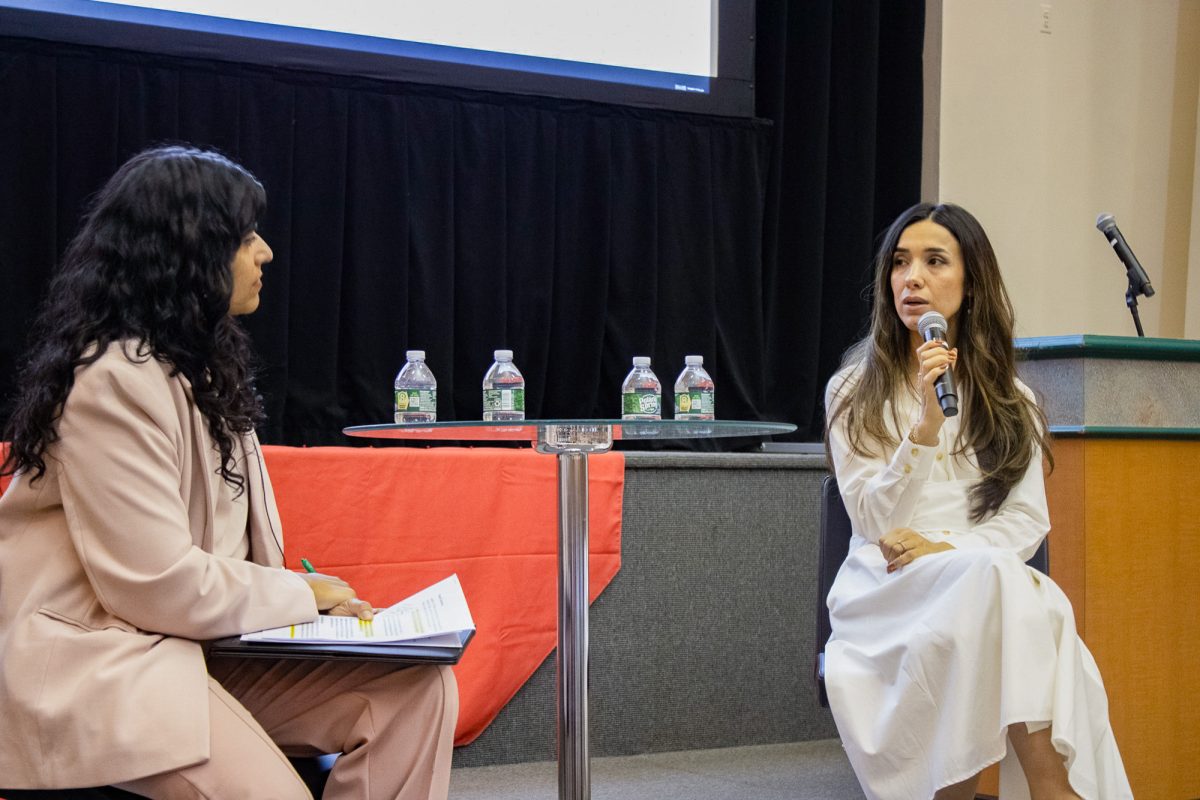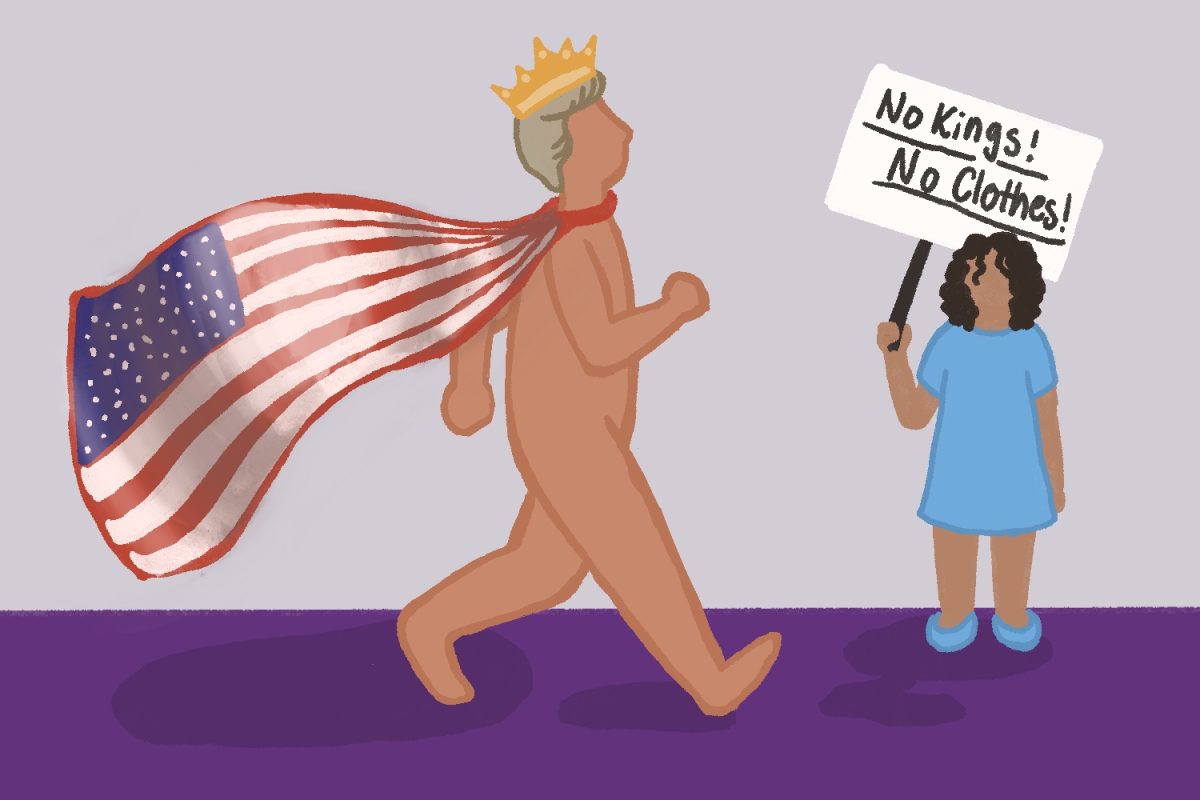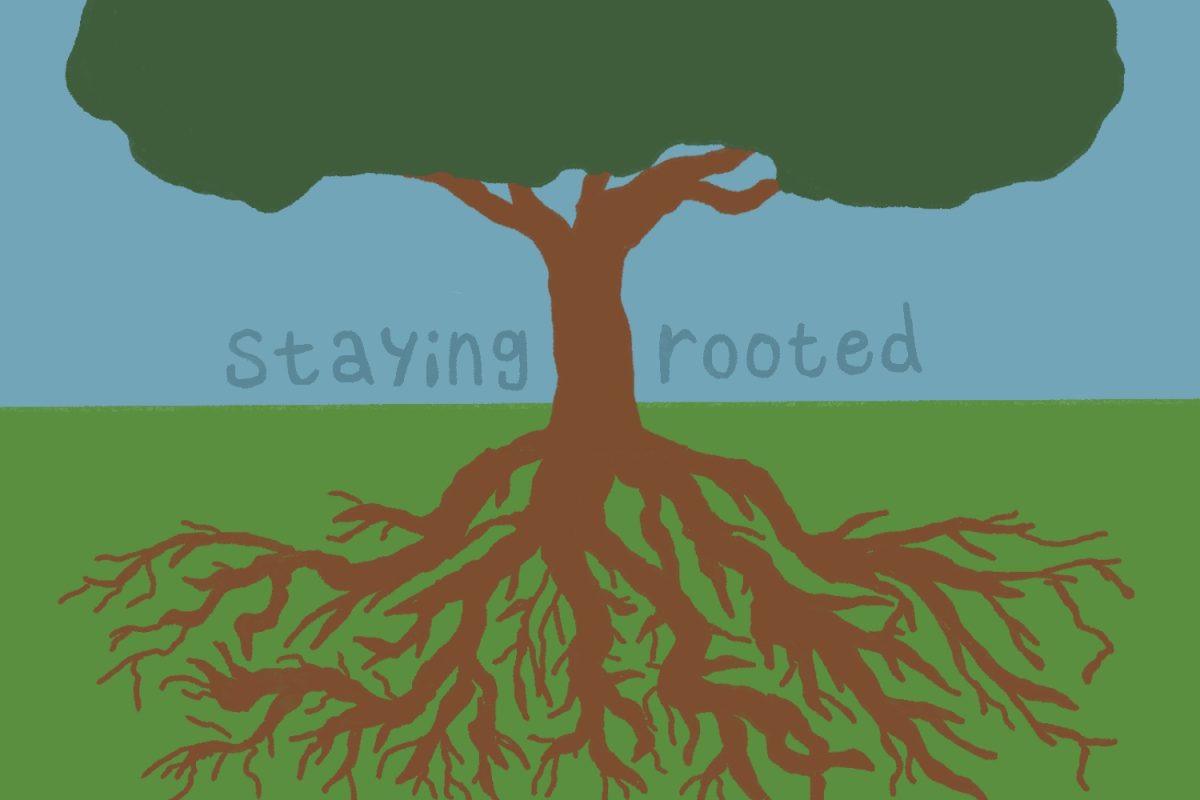Educational policy-makers are experimenting with B.Y.O.T. — that’s “bring your own technology” — a recent trend that integrates devices such as smartphones and tablets into public school classrooms to modernize traditional learning methods, according to The New York Times.
The idea is already popular in areas of Florida, Georgia and Texas, where large school districts act as prototypes for other schools that might want to join in on the technology use.
While some people might argue that this is a move to modernize the learning process and work with technology, the policy might pose more negative impacts on public schoolchildren who cannot afford such expensive devices.
B.Y.O.T. assumes every student in a public school classroom owns a tablet, smartphone or similar tool, which is not always true. In 2012, about 46 percent of American adults used smartphones, according to the Pew Internet & American Life Project. But children, especially middle-school students, are too young to be consumers of such expensive products.
The iPhone 5 starts selling at $199, and the iPad starts selling at $499, according to Apple.
Expecting families to provide their children with pricey equipment contributes to a socioeconomic divide between students who can and cannot afford technology at such price tags.
These demands from school administrators would likely cause negative feedback from tax-paying parents who disagree that they should spend hundreds of dollars more on their children.
With regard to modernizing traditional learning from the printed medium to a digital medium, for forward-thinking individuals, B.Y.O.T. is not necessarily bad.
There are disadvantages to abandoning the traditional book model, but there are also advantages to new technology. Students would, in many cases, be missing out on learning from books — a more tactile, customary way of learning. At the same time, they could integrate technology into their everyday schoolwork and become even more proficient at computer software than American youth already are.
As long as children are not distracted by browsing the Internet during class, this advancement could be beneficial.
While a proficient way of learning about certain subjects, such as history and language arts, is through the use of printed books, using technology might be a better option for learning subjects such as math, since it presumably offers a more interactive experience for the student.
Books will always have a place as far as maintaining material information, but technology adds interactivity to apply what students learn in books. By seeing lessons visually presented before them, students can catch on more efficiently because they would receive immediate feedback from technological devices, as opposed to printed books, where answers are not always available.
Technology, in theory, could be more cost-effective than using the school budget to buy expensive new books each time publishers print new editions. The software updates cannot be as expensive as updating and redistributing textbooks.
Teachers, too, might have to spend too much time tailoring lessons to devices, and students might not have to rely on them as much in the classroom. However, they are still responsible for ensuring that students are learning, and they need to maintain a curriculum that allows students to learn in the most effective way possible.
Until public schools can provide technology to all students, therefore, it is not a good idea to incorporate too many new devices into the classroom.
















































































































